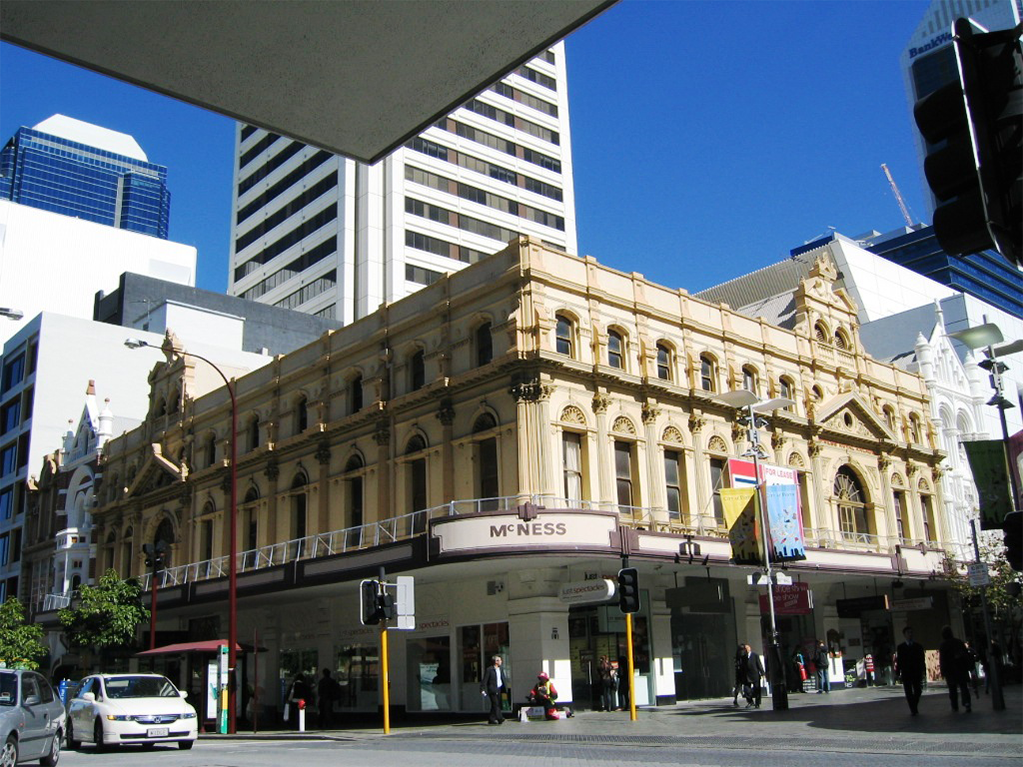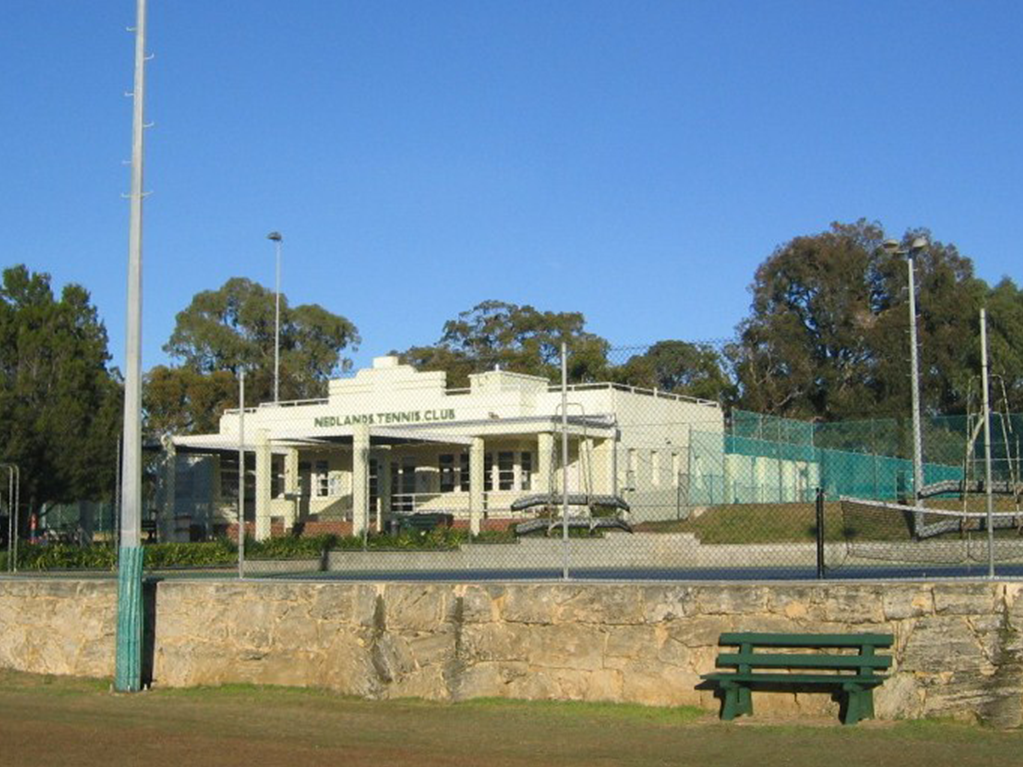 Conservation Plan for McNess Royal Arcade, Perth
Conservation Plan for McNess Royal Arcade, Perth Conservation Plan for Nedlands Tennis Club
Conservation Plan for Nedlands Tennis ClubHERITAGE CONSERVATION & SUSTAINABLE DEVELOPMENT
Sustainable development is implicit in conservation work. Our vision of a sustainable built environment includes the creative, adaptive reuse of places of cultural heritage value. Where appropriate, careful inclusion of state of the art technology and energy efficient design into an existing place, eliminating wasteful demolition and reconstruction processes, conserves energy and will benefit all Australians in the future.
HERITAGE CONSERVATION & THE ENVIRONMENT
One of the main environmental benefits of reusing buildings is the retention of the original building's "embodied energy". The CSIRO defines embodied energy as the energy consumed by all of the processes associated with the production of a building, from the acquisition of natural resources to product delivery, including mining, manufacturing of materials and equipment, transport and administrative functions. By reusing buildings, their embodied energy is retained, making the project much more environmentally sustainable than entirely new construction. New buildings have much higher embodied energy costs than buildings that are adaptively reused. In 2001, new building accounted for about 40 per cent of annual energy and raw materials consumption, 25 per cent of wood harvest, 16 per cent of fresh water supplies, 44 per cent of landfill, 45 per cent of carbon dioxide production and up to half of the total greenhouse emissions from industrialised countries. The Australian Greenhouse Office notes that the reuse of building materials usually involves a saving of approximately 95 per cent of embodied energy that would otherwise be wasted. In this context the reuse of heritage buildings makes good sense. (Adaptive Reuse, p.4, Department of Environment and Heritage, 2004)
SYMPATHETIC ADAPTIVE REUSE = COMMERCIALLY VIABLE INVESTMENT
Environmental benefits, combined with energy savings and the social advantages of conserving a valued place make conservation of historic structures an essential component of our investment in a sustainable future.
HERITAGE CONSERVATION SERVICES WE PROVIDE
In addition to conventional architectural services (including adaptive use design and documentation) for places of cultural heritage value, we provide specialist conservation services:
Archival research
Site research, recording and assessment
Paint scrapes analysis
Chemical investigation
Materials conservation
Conservation policy
Conservation guidelines
Conservation management plans
Development assessment
Heritage impact statements
Interpretation plans